 In “Spirit of the Law,” a short story I’ve been working on, I want to explore life after death, and something else—how the dead go on living or not living, if only in our memory, in the physical places where we’ve known them. (more…)
In “Spirit of the Law,” a short story I’ve been working on, I want to explore life after death, and something else—how the dead go on living or not living, if only in our memory, in the physical places where we’ve known them. (more…)
Crossing Borders with Peter Rice Jones
Peter Rice-Jones, a third generation Albertan, began his career as an artist more than three decades ago, specializing initially in painting and later in sculpture. In the 1970’s, Rice-Jones became involved with Native cultures in Northern Alberta and the Northwest Territories. The Canadian architect Douglas Cardinal chose Rice-Jones to paint a series of six murals in the Diamond Jueness High School in Hay River, N.W.T., the largest being 28 feet long and 16 feet high.
In 1974, Rice-Jones was commissioned by the Saddle Lake Indian Band to produce two documentary films, one depicting their first one hundred years of history from the Band’s perspective, and the other depicting a popular Cree Indian legend. Both films were done in the Cree language and subsequently translated into English. Rice-Jones also helped design and build one of the first Native-owned and controlled Interpretive centers in Canada. The museum is famous for its depiction of mid-nineteenth century Cree Indian history.
After studying bronze casting at Western Washington University in the late 70’s, Rice-Jones won the 1981 Molson’s Brewery All-Around Championship Trophy for his sculpture “Yesterday’s Champ.” In 1986 he worked with the well-known artist Austin Deuel in sculpting “Hill 881 South,” a monumental 10-ton bronze that is the Viet Nam Veteran’s Memorial in San Antonio, Texas.
The Rocky Mountain Elk Foundation selected Rice-Jones’ sculptures “Winter Warrior” and “The Challenger” as their promotional art pieces to raise funds throughout Western Canada, and he recently began a series of paintings and sculptures inspired by the ancient cultures of Western North America.
Rice-Jones is often invited to be a visiting teacher at art schools in Canada and the U.S. where he demonstrates bronze-casting techniques. His paintings and sculptures are in many private and corporate North American and European collections, including Jack Palance, Molson’s Brewery, Mr. and Mrs. Norman Manning, and the McLeod Dixon Law Firm.
When I was nine, I first met Peter Rice-Jones, an artist who crosses many borders: the Canadian and American border, painting and sculpting, writing and the visual arts, commercial and the fine arts. Peter and I attended Stanley Jones School in Calgary from Grades 4 through 6. Our art teacher Miss Fate had a long, witch-like chin and nose, her shoulder-length hair bleached blonde and cheeks blazing with rouge. She didn’t inspire any of us to make art.
Fortunately, she didn’t discourage Peter from creating: he was already “fated” to become an artist. He says, “I was probably about seven or eight when I started, after the war. I was out west of Cochrane on the ranch and my aunt Jean got me drawing. We had to make our gifts on birthdays and Xmas. When I was younger, I used to turn the crank on the forge. As I got older, I got to use the materials, so I would put together horse shoes and make little hat racks. I also got pieces of bones and made bone handles. Most of the things were made out of metal or bone.”
Bones and metal still inspire him. Bear and deer skulls compete for space in his studio with skimming tools used by miners in the northern part of Alberta early in the century, bits and bridles, and wagon wheels. Visiting Peter’s studio and home is like stepping into another era. Relics from the past meet you everywhere: a glass case holds ancient Chinese coins, a decorative bronze button from a Chinese noble’s robe, and beads the natives used for trading and for money. An ancient oil lamp from Thailand looks ready to be lit.
In the midst of all these artifacts, Peter paces and smokes, hammers and files, transforming wax and sometimes clay into the three-dimensional visions he carries in his head. He looks himself like the artifacts surrounding him, head thrust forward, skin roughened and reddened from years in and out of the wilderness, wearing a red plaid flannel shirt and jeans. He’s as at home on a horse as driving his GM truck. Back stiffened from major surgeries, a result of wrestling with one too many large bronze sculptures and roping calves in rodeos, he walks with a slight forward tilt.
Peter, who has worked in the traditional Western genre, has sculptures of a cowboy barely keeping his seat, one hand gripping the reins, the other clasping his cowboy hat, flailing the air, horse and rider balanced precariously on the base that holds them, a symbolic depiction of the kind of balancing act Peter has managed in his own work. The rider tries to lasso the three long-horned steers on the same base. Nearby a bear and elk stand serenely on their pedestals. These more realistic pieces contrast dramatically with the eerie, abstracted other-worldly elk, horses, and buffalo, or the stylized images of female forms, some examples of Peter’s contemporary work.
This is the range he covers in his sculpture. For several years, the realistic, western genre provided him with income to support the contemporary art. The other genre allows him to be more innovative, exploring his own visions.
Peter says, “In the realistic art, there’s a certain commonalty amongst those of us who do it. There’s a certain repetition, in the sense that some of us are a little more skilled than others, some of us are a little more creative than others; but by and large, western art is western art. It’s more commercial.
The contemporary art that I do is much more experimental, much more challenging. I think in some ways it requires a great deal more skill than the western art, not just in terms of imagination, but technically too. All bronze sculpture requires great technique.”
On January 9,1995, Peter was hospitalized for a month at Foothills Hospital because of a massive brain hemorrhage, something very few people survive. Since he felt he’d been given a second chance at life, he made a commitment while in the hospital to create art that wasn’t influenced by his need to make a living. Since then he’s focused completely on his contemporary sculpture.
As is true of many non-native Canadian artists, Peter has been influenced deeply by indigenous culture and art. His primary knowledge comes from the Cree. He worked among them and has been through many of the traditional Cree rituals, sweat lodges, and tobacco and healing ceremonies. He also has a daughter whose mother is Native. Peter insists, “I’m not an Indian. Nor do I follow traditional ways in their entirety. But I’m aware of them.”
In his contemporary sculpture, Peter tries to follow what he thinks of as maps, laid out two to three thousand years ago. Through waking dreams—visions—he visits the past, “the old people, the ancient ones.” He says, “I have a lot of knowledge about the old ways from my association with some of the contemporary tribal people. I have some very close friends who are traditional people. They got me started and taught me the freedom of being able to make those journeys. They follow the old ways that have been practiced for hundreds of years. Their beliefs, their attitudes, their philosophies come from hundreds and hundreds of years of tradition.”
The skills these earlier people mastered interest Peter about the “old ways”—”They were phenomenal in terms of their culture and their art and their level of sophistication, the way they developed as a society. The ancients built a bridge in the Andes out of stone that is still standing to this day. And there’s no steel in it. There’s just stone upon stone upon stone.
The Anasasi built these incredible dwellings out of cliffs. They didn’t have cranes. They just built them. There’s one village that has 3,400 homes. This was 500 years before the birth of Christ. There are 400 miles of paved roads. I’ve walked on them. So then you get to thinking, ‘What were these people like?’ They’ve got miles of irrigation canals. Right? And they were an integral part of the ecosystem. And from that they developed a phenomenal spiritual sense.”
When I ask Peter what he means by “spiritual,” he says, “They were spiritual in their attitude, in the way they conducted their lives, in their philosophy, in their sense of history, in their understanding of tradition. In their awareness of their surroundings. In their interpersonal relationships. Everything has a spirit. I’ve spent hundreds and thousands of hours in the mountains watching animals, and nobody will ever convince me that we’re the only ones that have a spirit. If you take that attitude, then you respect these things.”
Like some of his Native friends, Peter believes that spirits guide him, and in his art he attempts to contact this world. He says, “I’m not trying to interpret what those people were like. I’m only trying to express something that’s within myself, and it’s inspired by how those people lived, what they did two or three thousand years ago. It fascinates me.”
Peter has spent a good deal of time in the wilderness, beginning as a child when he rode his horse into Horse Canyon west of Cochrane to see the rock art. He says, “That kind of stuck with me,” and his respect for the wilds shows up in his sculptures of animals. He captures their dignity and otherness.
He also was raised with Native children. On the ranch in Cochrane, natives and non-natives lived side by side out. This experience made him aware that he had “no sense of history,” and “no sense of culture. We don’t have any history here really. In a way, Calgary is brand new. During my training in art school, I had all this technical knowledge, but I had to search for historical roots.”
This quest into the past in his art—the search for history and inspiration—began for Peter in 1986. He went for a walk in the Anasasi cliff dwellings: “It was early in the morning, and I was watching the sun hitting the rock when I started to see faces that the shapes in the cliff suggested. It suddenly dawned on me that an awful lot of their visual imagery came from experiences like that, from seeing certain shapes in the natural world. So I thought to myself, I want to try and interpret that. As a result of the experience of watching the light, I did the sculpture called ‘River Woman,’ that green vase over there.” He points to a figure that seems to have stepped out of our primordial past, the greenish patina giving it a haunting, earthy quality.
To create his contemporary sculptures, Peter enters a state between sleeping and waking—the alpha state. He can spend hours not awake and not asleep, just watching, letting his visions unfold. He says, “The sculpture is working. But I don’t finish it in the dream state. I get it going until it’s there. But I won’t finish it until I can physically touch it when I’m fully awake. I try to bring some magic into my sculptures.”
While Peter has been strongly influenced by the ancients, he also has had more contemporary teachers, artists who have inspired him: Rodin, Malvina Hofler, Henry Moore, Barbara Hepworth, and Bob Chadwick. He says, “The West Coast Indians have also been a major influence on my life—the carvings and totem poles. The same with African art and the Haida culture: in terms of sophisticated art, they have some of the world’s best. Beautiful, beautiful visual communications. I have a great admiration for excellence, whether it’s a saddle, a bridle, or a poem. I admire craftsmanship.”
Rarely satisfied with a piece, Peter is always trying to perfect his own craftmanship. His patinas are so well integrated into the bronzes he makes that they seem to glow from within each sculpture, the colors as varied as a painter’s palette.
Peter believes that nearly dying has given him an awareness he otherwise might never have developed. This expansion comes through in his art. Since he returned to work in April 1995, he’s not only produced numerous new works, but he’s had four one-man shows, three of which have sold out.
When asked how he’d define himself and his work, Peter says, “I’m a visual communicator. Nothing more or less.”
Postscript: A rugged individualist until the end, Peter died in 2001.
Pen-L Press will be publishing my novel Fling in 2015. A wildly comic romp on mothers, daughters, art, and death, the book should appeal to a broad range of readers. While the main characters are middle-aged and older, their zest for life would draw readers of all ages, male or female, attracting the youthful adventurer in most people. Though women may identify more readily with Feather and Bubbles’ daughter and mother struggles, the heart of the book is how they approach their aging selves and are open to new experiences. Since art and imagination are key to this narrative, artists of all ages would find something to enjoy. And because the book crosses many borders (Scotland, Canada, the U.S., and Mexico), it also can’t be limited to a specific age group, social class, gender, or region.
My first fan letter for Fling came from an 80 year-old woman who lives in the tiny village of Christina Lake, B.C. My son, who also lives there, had given her my manuscript to read. She said, “I just wanted to express to you how very much I enjoyed your writing. I started it and didn’t stop till I had read it all. I very much like your style and your subtle humor. Thank you for a most enjoyable read. I can’t understand why it hasn’t been scooped up by some publisher. But I know that it will be. In my estimation I know that it is excellent literary work. I am a voracious reader and have been since grade 4. I remember my first book was Tom Sawyer and I have never stopped since then. I go through 4 to 5 books a week. We are so fortunate here at the Lake now. The Library staff in Grand Forks come out here every Wednesday. I have become very fond of the young lady who comes out. She provides me with all the award winning books and orders others for me. Again I want to express to you how very much I enjoyed your manuscript. Have patience my dear….it will be published to wide acclaim I am so sure.” —Joan Fornelli.
Here is a synopsis:
Feather, an aging hippie, returns to her Calgary home to help her mother, Bubbles, celebrate her 90th birthday. Bubbles has received mail from the dead letter office in Mexico City, asking her to pick up her mother’s ashes, left there seventy years earlier and only now surfacing. Bubbles’ mother, Scottish by birth, had died in Mexico in the late 1920s after taking off with a married man and abandoning her husband and kids.
A woman with a mission, and still vigorous, Bubbles convinces a reluctant Feather to take her to Mexico so she can recover the ashes and give her mother a proper burial. Both women have recently shed husbands and have a secondary agenda: they’d like a little action. And they get it.
Alternating narratives weave together Feather and Bubbles’ odyssey with their colorful Scottish ancestors, creating a family tapestry. The “now” thread presents the two women as they travel south from Canada to San Francisco and then Mexico, covering a span of about six months. “Now” and “then” merge in Mexico when Bubbles’ long-dead mother, grandmother, and grandfather turn up, enlivening the narrative with their antics.
In Mexico, the land where reality and magic co-exist, Feather gets a new sense of her mother. The Indian villagers mistake Bubbles for a well-known rain goddess, praying for her to bring rain so their land will thrive again. Feather, who’s been seeking “The Goddess” for years, eventually realizes what she’s overlooked.
Meanwhile, Bubbles’ quest for her mother’s ashes (and a new man) has increased her zest for life. A shrewd business woman (she’s raised chickens, sold her crafts, taken in bizarre boarders, and has a sure-fire system for winning at bingo and lotteries), she’s certain she’s found the fountain of youth at a mineral springs outside San Miguel de Allende; she’s determined to bottle the water and sell it.
But gambling is her first love, and unlike most women her age, fun-loving Bubbles takes risks, believing she’s immortal. Unlike her daughter, Bubbles doesn’t hold back in any way, eating heartily, lusting after strangers, her youthful spirit and innocence convincing readers that they’ve found the fountain of youth themselves in this character. At ninety, she comes into her own, coming to age, proving it’s never too late to fulfill one’s dreams.
Fling, a meditation on death, mothers and daughters, and art, suggests that the fountain of youth is the imagination, and this is what they all discover in Mexico. It’s what Bubbles wants to bottle, but she doesn’t need to. She embodies it. The whole family does.
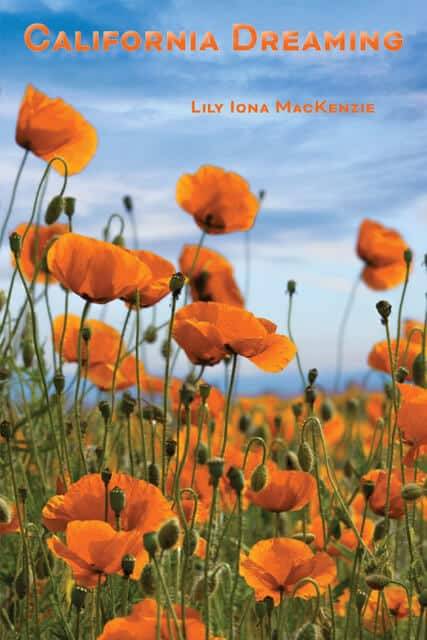
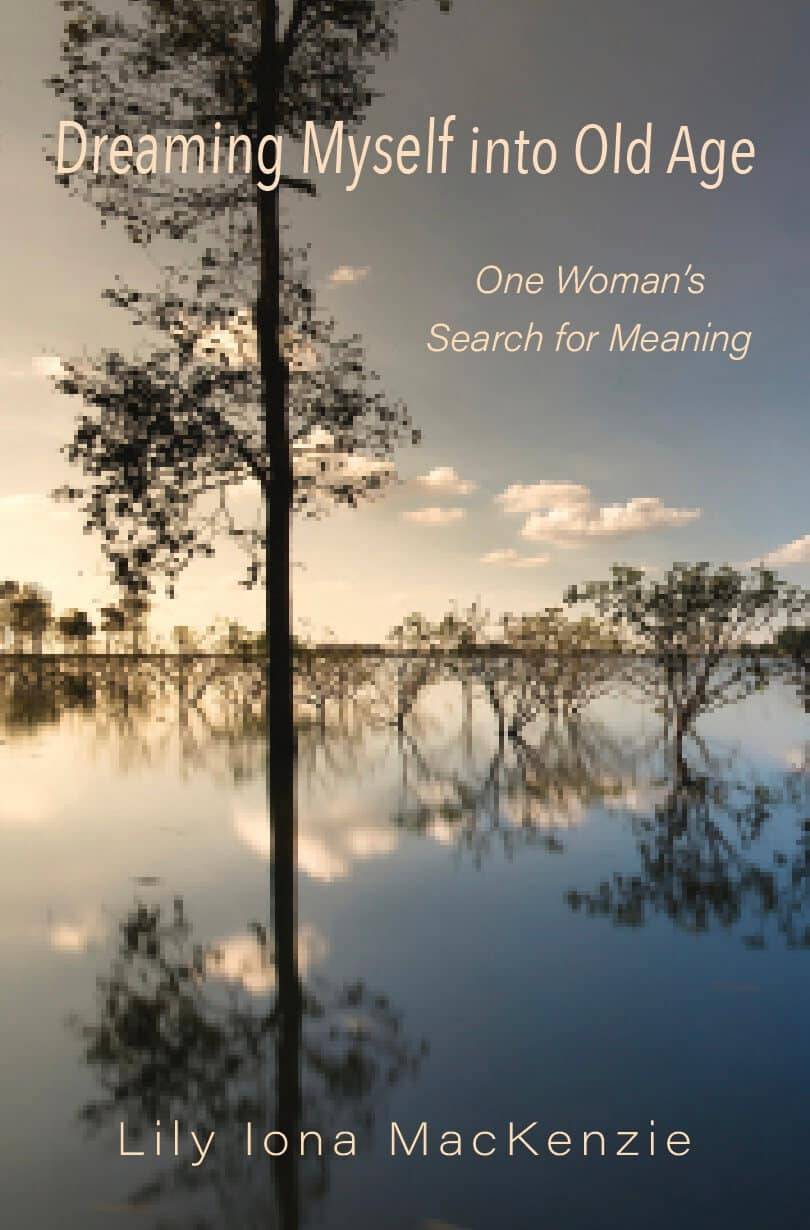
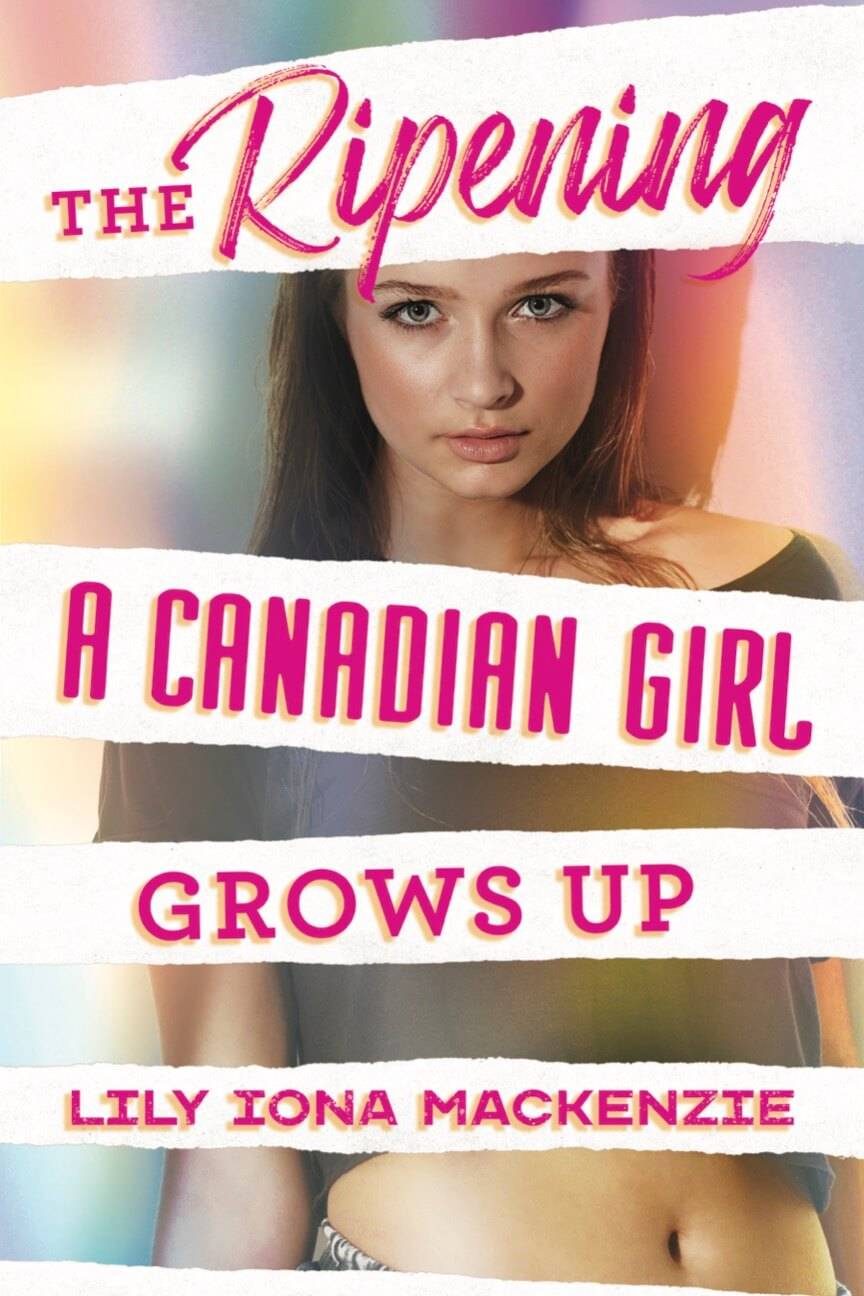
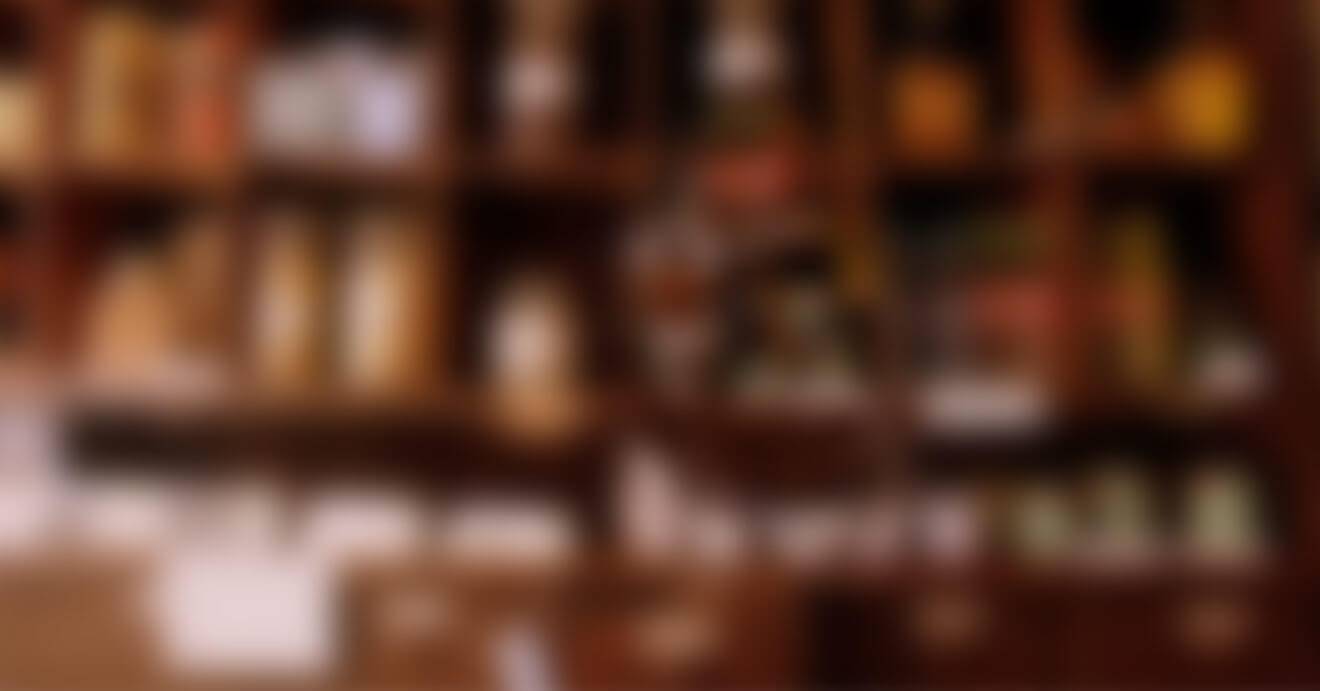
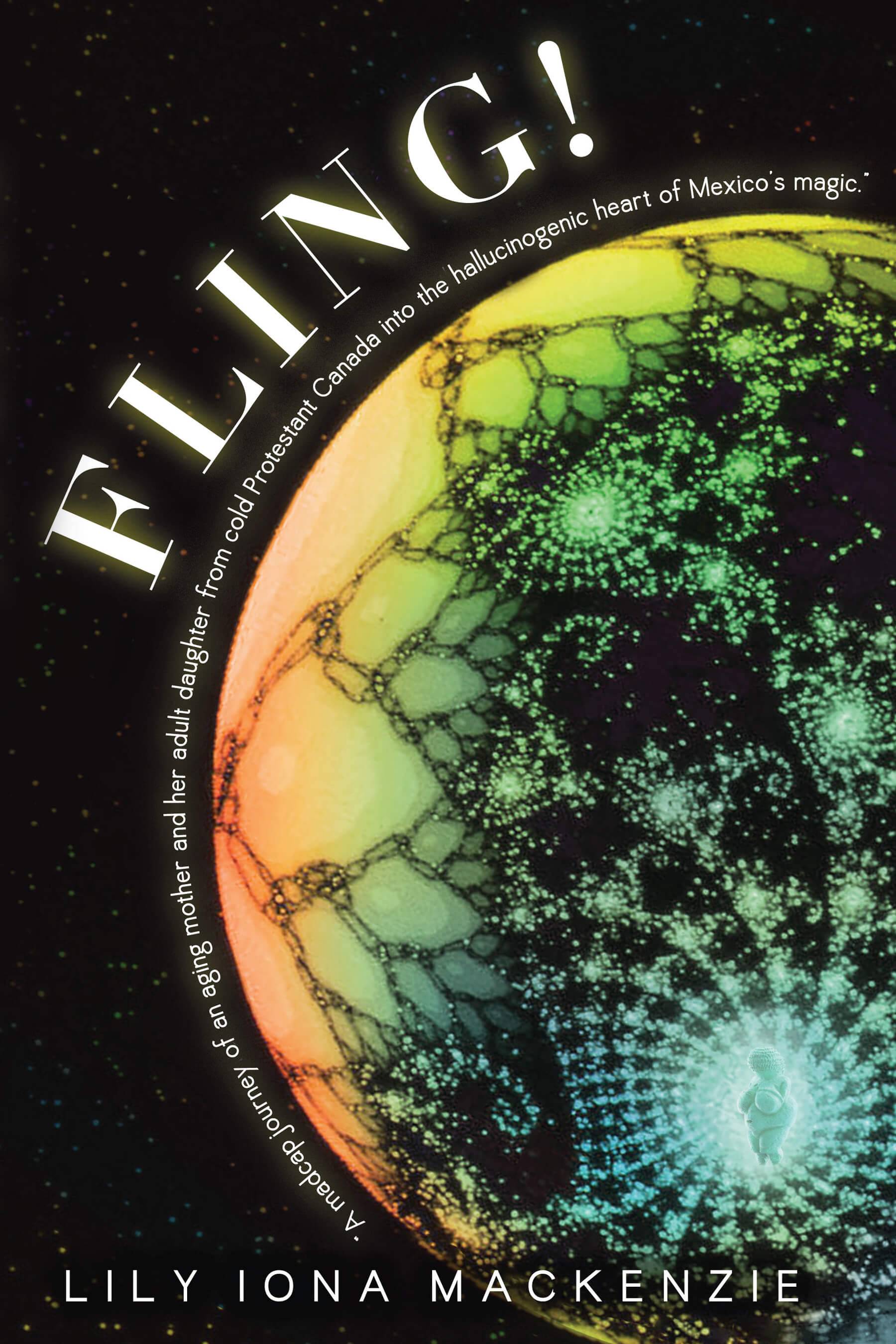





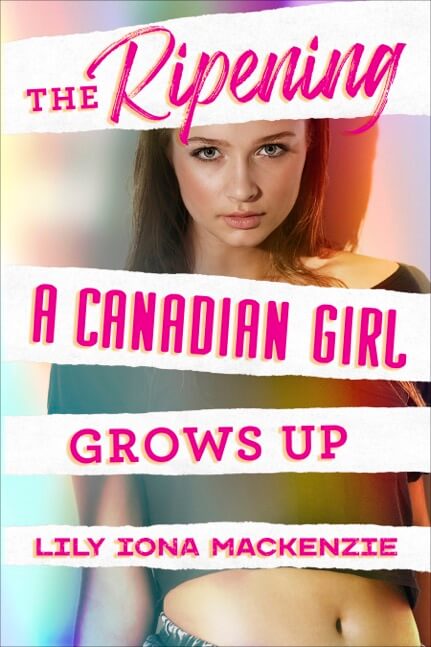
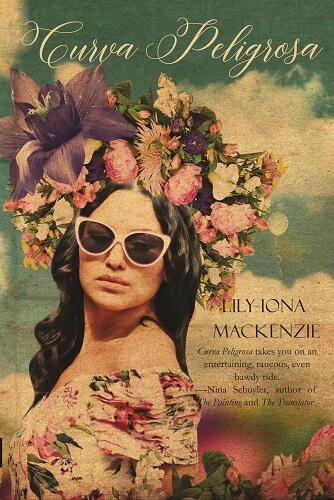
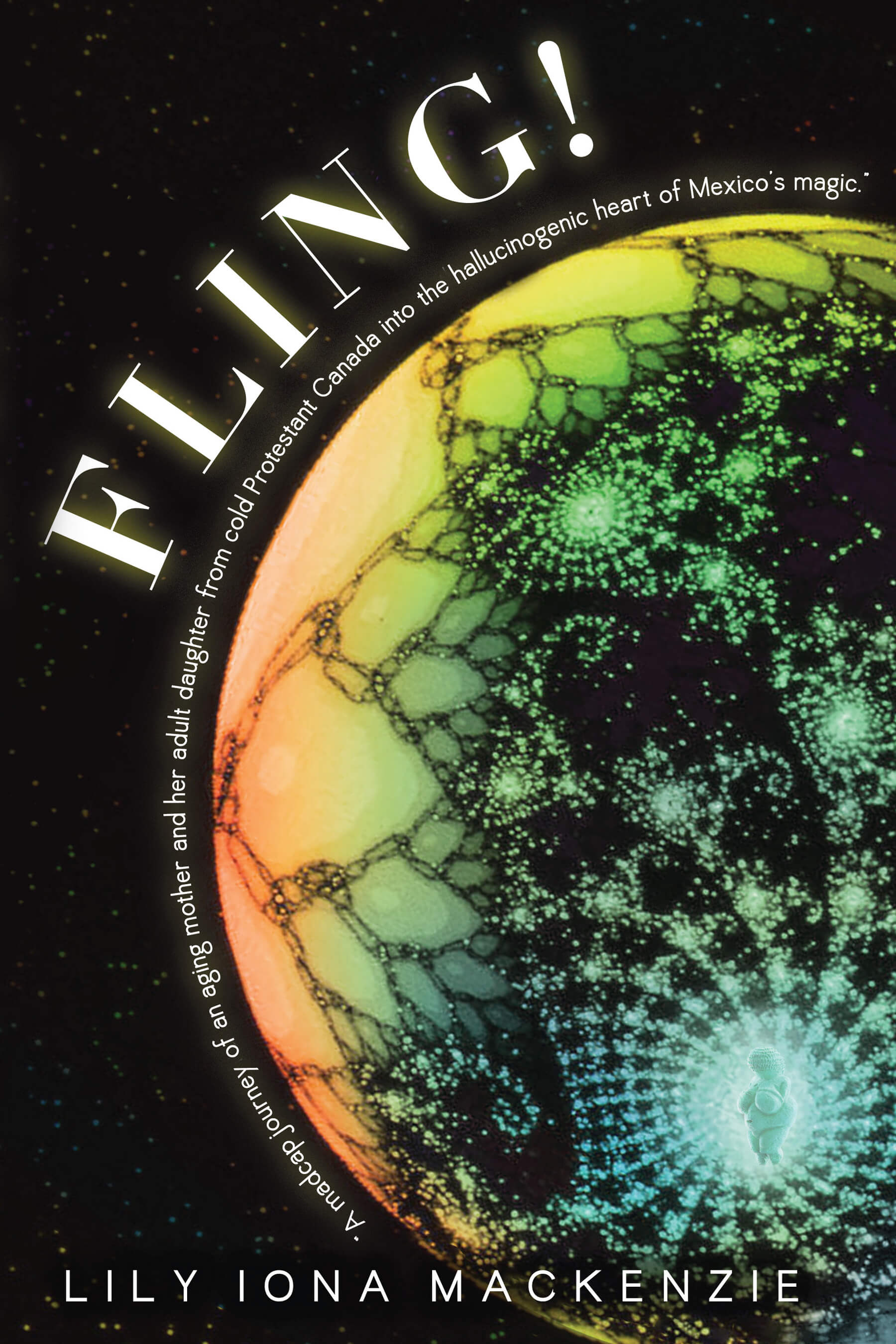
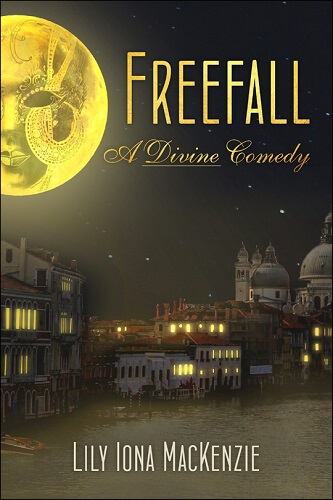
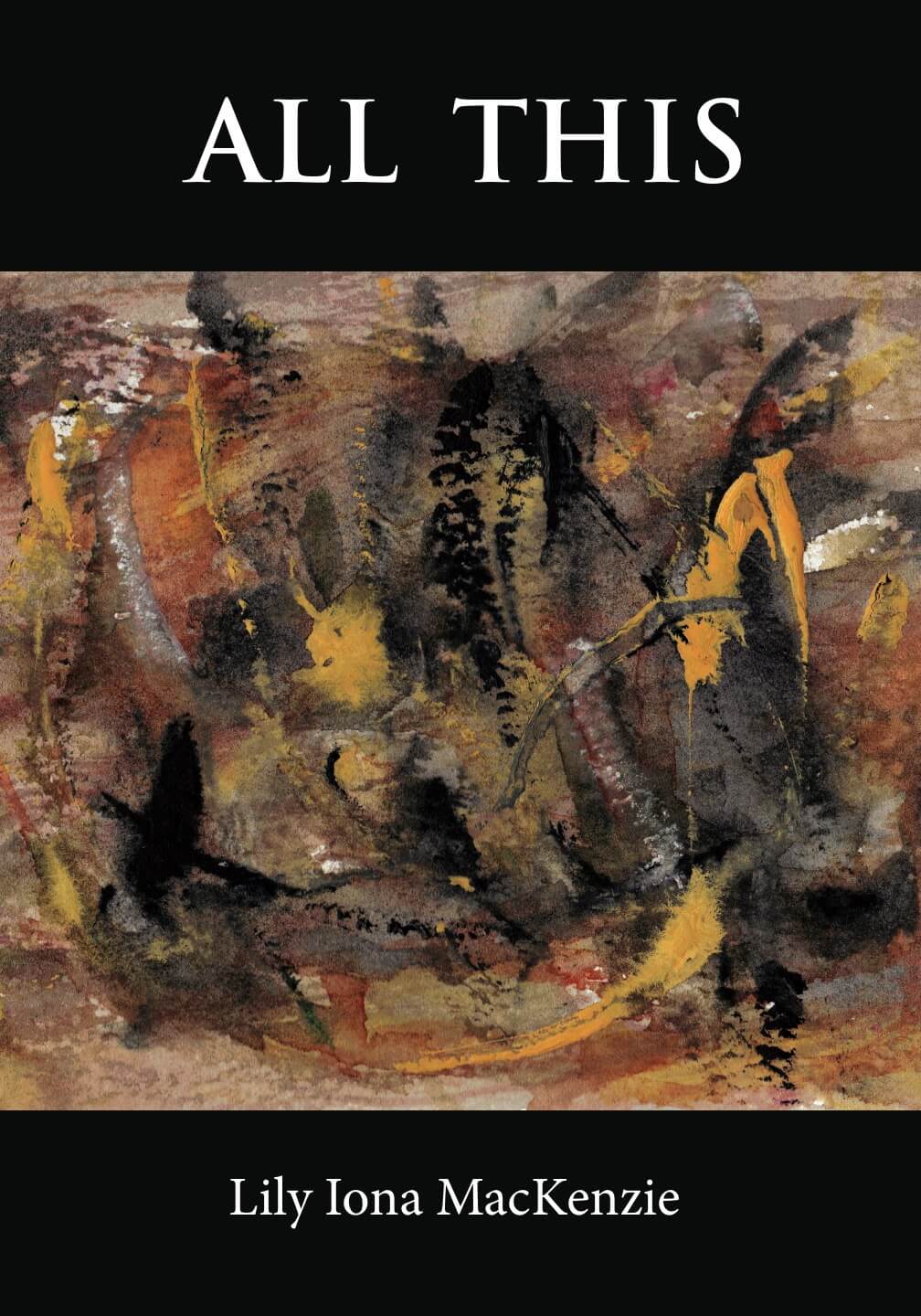
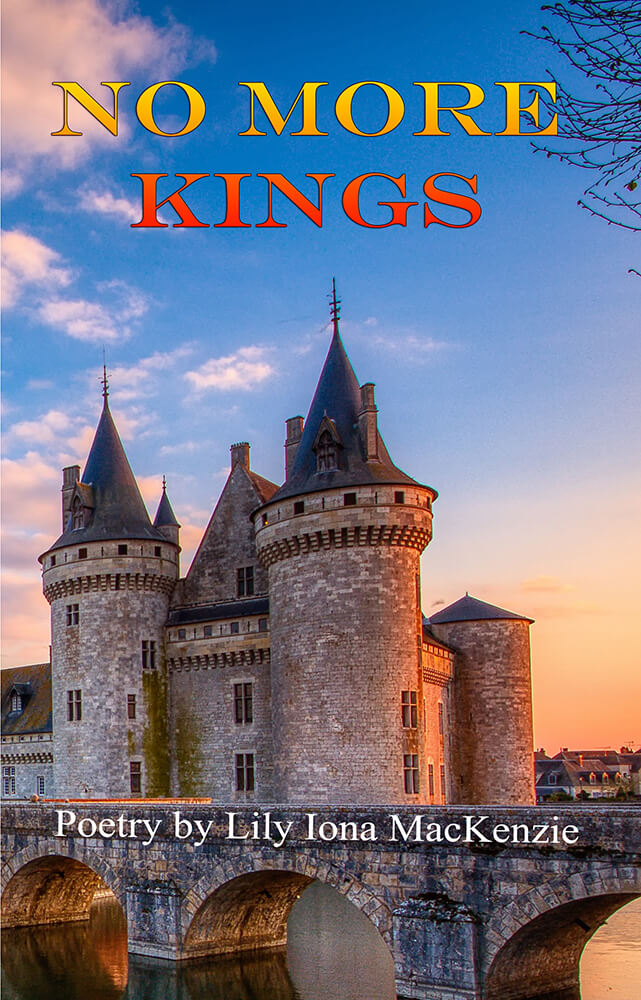
 I opened the I Ching at random this morning and came up with #38, K’uei / Opposition. The commentary says it is common for two opposites to exist together, needing to find relationship. I realize an opposition is being set up just in the act of writing my memoir Drop Out: my inner writer will be observing everything I do closely and recording what she finds valuable. I’m reminded of a review of Journey into the Dark: The Tunnel by William Gass that appeared in The New York Times Book Review:
I opened the I Ching at random this morning and came up with #38, K’uei / Opposition. The commentary says it is common for two opposites to exist together, needing to find relationship. I realize an opposition is being set up just in the act of writing my memoir Drop Out: my inner writer will be observing everything I do closely and recording what she finds valuable. I’m reminded of a review of Journey into the Dark: The Tunnel by William Gass that appeared in The New York Times Book Review:  “Writing is like prostitution. First you do it for the love of it, then you do it for a few friends, and finally you do it for money.” —Molière
“Writing is like prostitution. First you do it for the love of it, then you do it for a few friends, and finally you do it for money.” —Molière In addition to writing adult fiction and non-fiction, I also create pieces for children. Today, I tried to start a children’s story of a girl sleeping in an elegant dollhouse based on a dream image that has stayed with me. But after a few sentences, I felt extremely critical of what I had written. I had to stop. For now. Let it breathe, I said to myself. Let the criticalness soften—fall away.
In addition to writing adult fiction and non-fiction, I also create pieces for children. Today, I tried to start a children’s story of a girl sleeping in an elegant dollhouse based on a dream image that has stayed with me. But after a few sentences, I felt extremely critical of what I had written. I had to stop. For now. Let it breathe, I said to myself. Let the criticalness soften—fall away.  At a recent poetry reading I gave, I was asked if I wrote for a particular ideal reader, something I hadn’t given much thought to. So here is my response to that question, though I’m sure other writers will approach it differently.
At a recent poetry reading I gave, I was asked if I wrote for a particular ideal reader, something I hadn’t given much thought to. So here is my response to that question, though I’m sure other writers will approach it differently.  Ellen Birkett Morris is the author of
Ellen Birkett Morris is the author of  Mimi Herman is the author of The Kudzu Queen, A Field Guide to Human Emotions, and Logophilia. Her novel The Kudzu Queen was selected by The North Carolina Center for the Book for the 2023 Library of Congress “Great Reads from Great Places” program and longlisted for the Center for Fiction First Novel Prize. Her writing has appeared in LitHub, Michigan Quarterly Review, Shenandoah, Crab Orchard Review and many other journals. Mimi is a member of the Board of Directors for the Association of Writers & Writing Programs, a Kennedy Center Teaching Artist, a Warren Wilson MFA alumna, and a Hermitage Artist Retreat Fellow. She directs weeklong Writeaways writing workshops in France, Italy, Ireland, New Mexico and online. For more information visit her at
Mimi Herman is the author of The Kudzu Queen, A Field Guide to Human Emotions, and Logophilia. Her novel The Kudzu Queen was selected by The North Carolina Center for the Book for the 2023 Library of Congress “Great Reads from Great Places” program and longlisted for the Center for Fiction First Novel Prize. Her writing has appeared in LitHub, Michigan Quarterly Review, Shenandoah, Crab Orchard Review and many other journals. Mimi is a member of the Board of Directors for the Association of Writers & Writing Programs, a Kennedy Center Teaching Artist, a Warren Wilson MFA alumna, and a Hermitage Artist Retreat Fellow. She directs weeklong Writeaways writing workshops in France, Italy, Ireland, New Mexico and online. For more information visit her at  writing isn’t going well, and I need to create order somewhere, even if it’s not appearing on the page. I’m an overachiever, so the problem with housekeeping and me is that I’ll start out cleaning the bathtub, and end up replacing the plumbing. As for personal hygiene, you’ll be relieved to know that I tend to keep that up pretty well, no matter how the writing is going.
writing isn’t going well, and I need to create order somewhere, even if it’s not appearing on the page. I’m an overachiever, so the problem with housekeeping and me is that I’ll start out cleaning the bathtub, and end up replacing the plumbing. As for personal hygiene, you’ll be relieved to know that I tend to keep that up pretty well, no matter how the writing is going. One of the best things about being a writer is that you can take your work with you no matter where you go. Of course, this is true now for lots of jobs because of Zoom and the internet and the acceptance of hybrid work. But a writer has always been a
One of the best things about being a writer is that you can take your work with you no matter where you go. Of course, this is true now for lots of jobs because of Zoom and the internet and the acceptance of hybrid work. But a writer has always been a I recently read the book Words as Eggs by Jungian analyst Russell Lockhart. The idea for the work, and the chapter from which the title comes, originated in one of Lockhart’s dreams. A voice in his dream said “Do you not know that words are eggs, that words carry life, that words give birth?” (92).
I recently read the book Words as Eggs by Jungian analyst Russell Lockhart. The idea for the work, and the chapter from which the title comes, originated in one of Lockhart’s dreams. A voice in his dream said “Do you not know that words are eggs, that words carry life, that words give birth?” (92).  A writing friend of mine has papered her bathroom with rejection slips. Viewed in that context, they become less weighty and are put into perspective. As writers, we tend to think of rejections from publishers as negative. But rejections can be gifts in disguise, offering us a way to make lemonade out of lemons.
A writing friend of mine has papered her bathroom with rejection slips. Viewed in that context, they become less weighty and are put into perspective. As writers, we tend to think of rejections from publishers as negative. But rejections can be gifts in disguise, offering us a way to make lemonade out of lemons.  Small presses don’t have the reputation that larger presses do of maintaining high editorial standards. But my experience with these presses, especially Regal House, the one that published
Small presses don’t have the reputation that larger presses do of maintaining high editorial standards. But my experience with these presses, especially Regal House, the one that published  Sometimes I get stuck in feeling I must complete something I’m working on. Or must make a scene into a story rather than just letting myself have fun with the writing. I get too bogged down in the heavy stuff of being a writer. I’ve discovered that to get unstuck, I need to push aside my concerns and just write whatever is surfacing in the moment that wants to be heard. That freedom then allows me to dig into a draft I’ve gotten stuck in and usually enables me to make progress again.
Sometimes I get stuck in feeling I must complete something I’m working on. Or must make a scene into a story rather than just letting myself have fun with the writing. I get too bogged down in the heavy stuff of being a writer. I’ve discovered that to get unstuck, I need to push aside my concerns and just write whatever is surfacing in the moment that wants to be heard. That freedom then allows me to dig into a draft I’ve gotten stuck in and usually enables me to make progress again.  I continue to learn from the journals I kept almost 40 years ago.
I continue to learn from the journals I kept almost 40 years ago. I’ve been rereading journals I wrote almost 40 years ago that still have relevance. I had attended a writing workshop at Wellspring, a former retreat center in Philo, CA. The property had the Navarro River passing through it, as well as several rustic but delightful cabins for guests. For me, the focus on writing was important, but my main reason for being there was the exposure to nature. I was enjoying my time at this Wellspring workshop and being immersed for the weekend in nature.
I’ve been rereading journals I wrote almost 40 years ago that still have relevance. I had attended a writing workshop at Wellspring, a former retreat center in Philo, CA. The property had the Navarro River passing through it, as well as several rustic but delightful cabins for guests. For me, the focus on writing was important, but my main reason for being there was the exposure to nature. I was enjoying my time at this Wellspring workshop and being immersed for the weekend in nature.  My interest in fairy tales has been revived from reading my journals from forty years ago. At that time, I was investigating the art fairy tale. The Grimm’s fairy tales grew out of the oral tradition, but ones that Hans Christian Andersen and others wrote are part of the art fairy tale genre. I was interested then in exploring that mode in my own writing. I’d discovered that some of the stories I’d created fit there. Discovering this accepted category had heartened me to be do more of them and to believe in their worth.
My interest in fairy tales has been revived from reading my journals from forty years ago. At that time, I was investigating the art fairy tale. The Grimm’s fairy tales grew out of the oral tradition, but ones that Hans Christian Andersen and others wrote are part of the art fairy tale genre. I was interested then in exploring that mode in my own writing. I’d discovered that some of the stories I’d created fit there. Discovering this accepted category had heartened me to be do more of them and to believe in their worth. 






